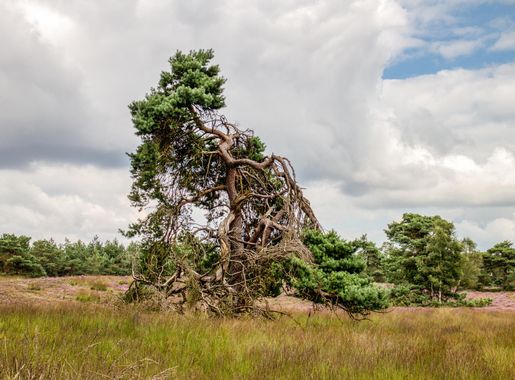
The Enchanting Antwerpse Kempen: Belgium's Hidden Gem
Discover Antwerpse Kempen, where enchanting forests, serene lakes, and charming villages create an idyllic escape rich in natural beauty and cultural heritage.
Antwerpse Kempen, located in the northern part of Belgium, is a captivating region known for its lush forests, tranquil lakes, and charming villages. It offers a perfect blend of natural beauty and cultural richness, making it an ideal destination for nature lovers and history enthusiasts alike. The region is dotted with picturesque trails that wind through dense woods and serene meadows, providing ample opportunities for hiking, cycling, and bird-watching. The Hoge Mouw, a prominent hill, offers breathtaking panoramic views of the surrounding landscape. For those interested in water activities, the numerous lakes and rivers in the area are perfect for kayaking, fishing, and swimming. Cultural attractions abound in Antwerpse Kempen. The quaint villages are home to historic churches, traditional Flemish architecture, and inviting cafes where you can savor local delicacies. Don’t miss the chance to visit the Postel Abbey, a stunning monastery with a rich history dating back to the 12th century. The region also hosts various festivals and events throughout the year, celebrating its vibrant heritage and traditions.
Local tips in Antwerpse Kempen
- Visit in the spring or fall for the best weather and fewer crowds.
- Rent a bike to explore the scenic trails at your own pace.
- Try the local beer and cheese, especially those made by the monks at Postel Abbey.
- Bring binoculars for bird-watching in the nature reserves.
- Check the local calendar for festivals and events to experience the culture.
The Enchanting Antwerpse Kempen: Belgium's Hidden Gem
Antwerpse Kempen, located in the northern part of Belgium, is a captivating region known for its lush forests, tranquil lakes, and charming villages. It offers a perfect blend of natural beauty and cultural richness, making it an ideal destination for nature lovers and history enthusiasts alike. The region is dotted with picturesque trails that wind through dense woods and serene meadows, providing ample opportunities for hiking, cycling, and bird-watching. The Hoge Mouw, a prominent hill, offers breathtaking panoramic views of the surrounding landscape. For those interested in water activities, the numerous lakes and rivers in the area are perfect for kayaking, fishing, and swimming. Cultural attractions abound in Antwerpse Kempen. The quaint villages are home to historic churches, traditional Flemish architecture, and inviting cafes where you can savor local delicacies. Don’t miss the chance to visit the Postel Abbey, a stunning monastery with a rich history dating back to the 12th century. The region also hosts various festivals and events throughout the year, celebrating its vibrant heritage and traditions.
When is the best time to go to Antwerpse Kempen?
Iconic landmarks you can’t miss
Grand Place
Discover the stunning Grand Place in Brussels, a UNESCO World Heritage site that showcases exquisite architecture and vibrant cultural experiences.
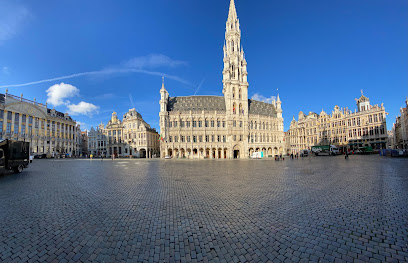
Atomium
Explore the Atomium, Brussels' iconic landmark that combines modern architecture with cultural exhibitions and breathtaking views of the city.
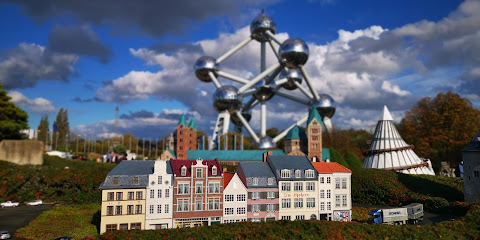
Manneken Pis
Discover Manneken Pis, the quirky fountain of Brussels, a beloved symbol of the city's humor and resilience, surrounded by vibrant streets and rich culture.

Royal Gallery of Saint Hubert
Explore the Royal Gallery of Saint Hubert, a stunning shopping arcade in Brussels filled with luxury boutiques, cafés, and historical charm.

Gravensteen
Discover the majestic Gravensteen Castle in Ghent, a historical marvel that offers a captivating journey through Belgium's medieval heritage.
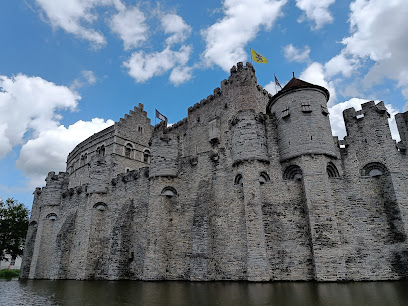
Belfry of Bruges
Discover the breathtaking views and storied history at the Belfry of Bruges, a UNESCO World Heritage site, and a must-see landmark in Belgium.

Citadelle de Dinant
Discover the breathtaking Citadelle de Dinant, a historic fortress offering stunning views and rich history in the heart of Belgium.
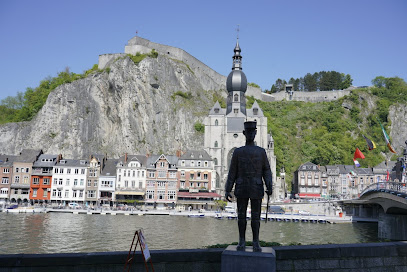
Mount of the Arts
Immerse yourself in the artistic wonders of the Mount of the Arts, a historic jewel in the heart of Brussels, where art and culture come together.
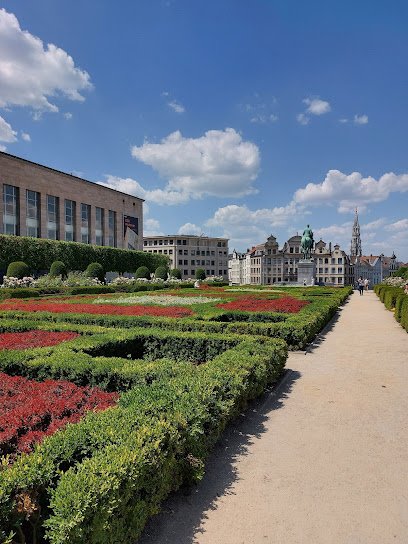
Het Steen
Explore Het Steen, Antwerp's historic castle and museum, nestled by the River Scheldt, showcasing the city's maritime heritage and stunning architecture.

Lion's Mound
Explore the Lion's Mound, an emblematic historical landmark in Belgium offering rich insights into the Battle of Waterloo and stunning views.
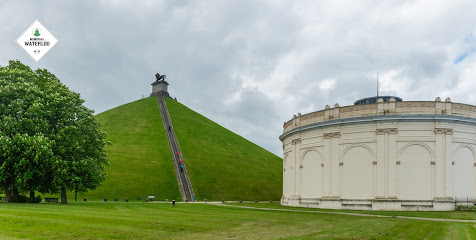
National Park Hoge Kempen
Explore the only national park in Belgium, a nature lover's paradise with stunning landscapes, diverse wildlife, and endless outdoor adventures.

Fort Eben-Emael
Discover the rich military history and architectural marvels of Fort Eben-Emael, a must-visit destination for history enthusiasts in Belgium.
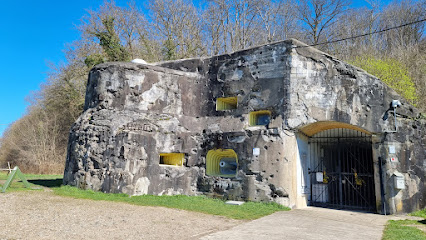
Fort Breendonk
Explore the rich historical significance of Fort Breendonk, a former military fortress turned museum, and engage with Belgium's poignant past.
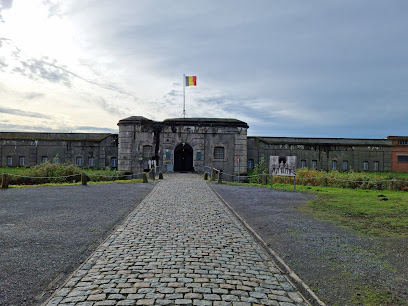
Antwerp Central Train Station
Discover the architectural beauty and vibrant atmosphere of Antwerp Central Train Station, a key transit hub in Belgium's rich cultural landscape.
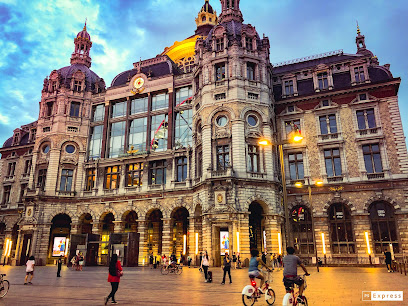
Next Nature Museum
Explore the fascinating intersection of nature and innovation at the Next Nature Museum in Eindhoven, where art meets science in a thought-provoking experience.
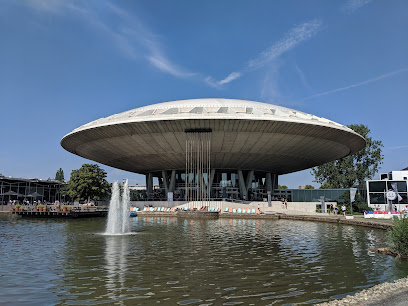
Unmissable attractions to see
Stadspark
Explore the natural beauty and vibrant atmosphere of Stadspark, an urban oasis in Antwerp perfect for relaxation and recreation.
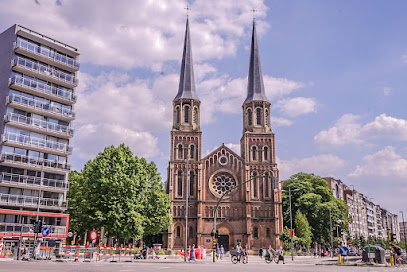
KMSKA - Royal Museum of Fine Arts Antwerp
Explore the rich tapestry of Flemish art at KMSKA, the Royal Museum of Fine Arts Antwerp, where history and creativity converge.
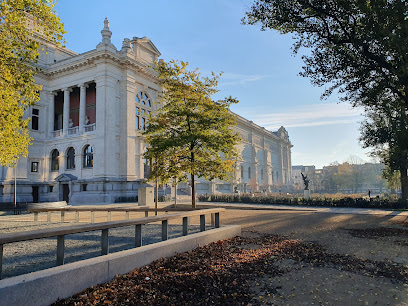
Plantentuin
Explore the lush landscapes of Antwerp's Plantentuin, a serene botanical garden filled with diverse plant species and tranquil beauty.
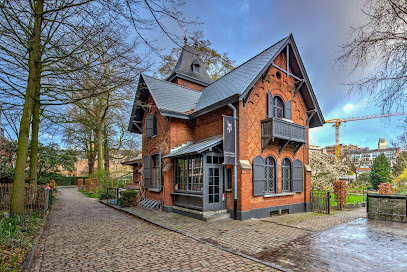
Voetgangerstunnel naar rechteroever
Experience Antwerp's Voetgangerstunnel: A Historic Pedestrian Passage Connecting Two Vibrant Riverbanks.
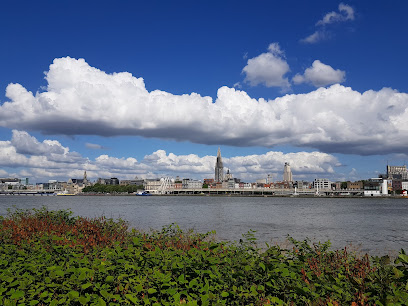
FOMU - Photo Museum Antwerp
Discover the enchanting world of photography at FOMU - Antwerp's leading photo museum showcasing innovative exhibitions and artistic exploration.
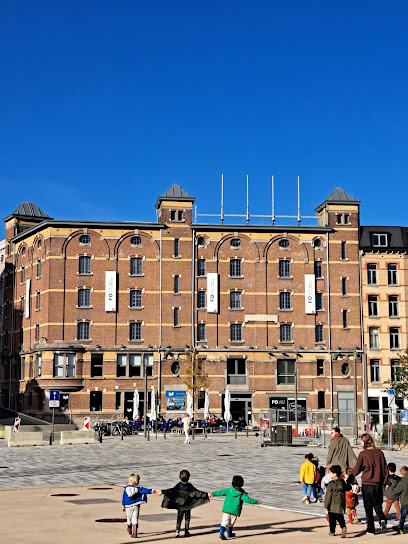
Plopsa Station Antwerp
Experience the magic of adventure at Plopsa Station Antwerp, a thrilling amusement park perfect for families and kids of all ages.
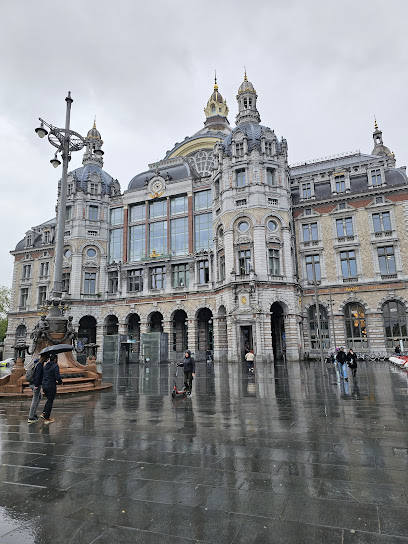
Kasteel van Ooidonk
Explore the majestic Kasteel van Ooidonk, a historic castle in Deinze, Belgium, surrounded by beautiful gardens and rich cultural heritage.
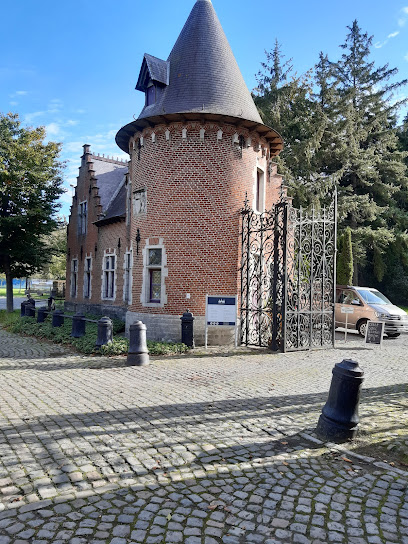
Opera Antwerpen
Explore the grandeur of Opera Antwerpen, a stunning venue for world-class performances in the heart of Antwerp, Belgium.
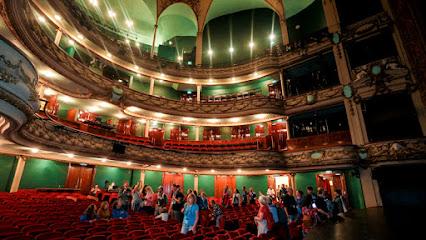
Theater aan de Parade
Experience the vibrant performing arts scene at Theater aan de Parade, a cultural landmark in 's-Hertogenbosch, offering diverse performances and events.
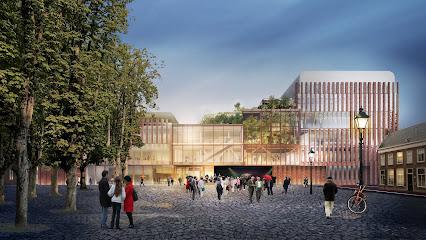
Museum Mayer van den Bergh
Immerse yourself in Flemish art at Museum Mayer van den Bergh, Antwerp’s gem showcasing masterpieces and cultural heritage.

The visitor center Landscape Liereman
Explore the natural beauty and diverse wildlife at Landscape Liereman Visitor Center, an essential stop for nature enthusiasts in Oud-Turnhout, Belgium.
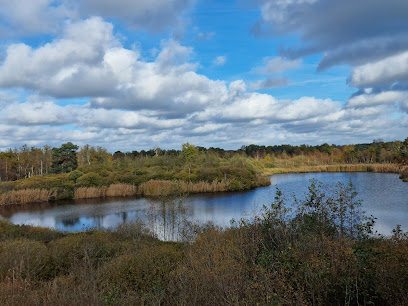
De Koninck - Antwerp City Brewery
Explore the rich brewing heritage of Antwerp at De Koninck Brewery, where tradition meets taste in a vibrant atmosphere.

Zimmer tower
Explore the Zimmer Tower in Lier, Belgium, a stunning historical landmark featuring an intricate astronomical clock and rich cultural heritage.
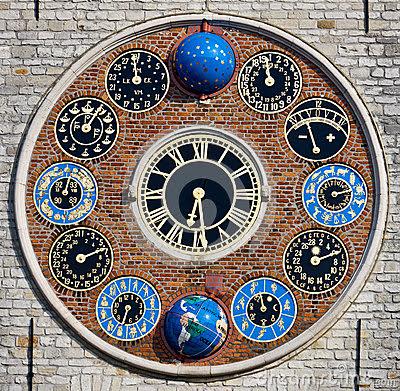
Kabouterberg
Experience the magic of Kabouterberg, a family-friendly hiking area in Kasterlee, filled with whimsical gnome sculptures and breathtaking natural beauty.
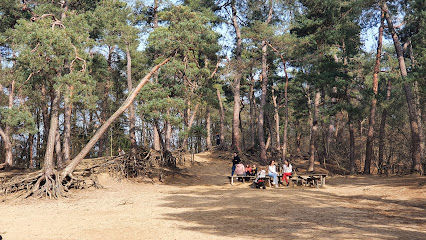
De Ruien
Explore De Ruien, Antwerp's historical underground waterways, and uncover the city's rich heritage through captivating guided tours.

Essential places to dine
Elfde Gebod
Experience exquisite Belgian cuisine and captivating decor at Elfde Gebod, one of Antwerp's must-visit restaurants.
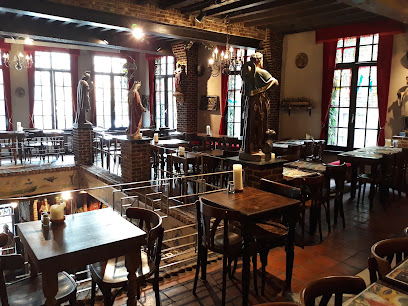
The Jane
Discover unparalleled fine dining at The Jane in Antwerp – where innovative cuisine meets breathtaking ambiance.

De Peerdestal | Restaurant Antwerpen
Experience authentic Belgian and French cuisine at De Peerdestal in Antwerp—where every meal is a celebration of local flavors.
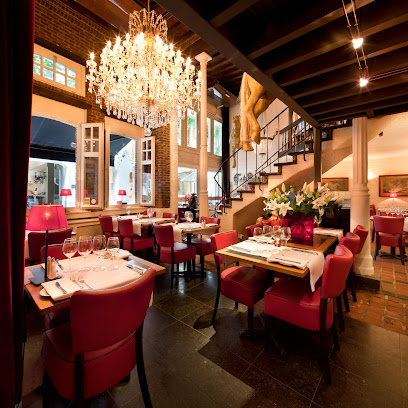
RAS
Discover the culinary gem of Antwerp at RAS - where local flavors meet stunning riverside views.
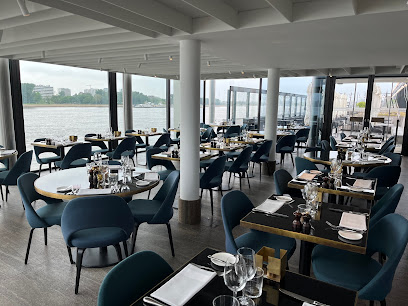
't Hofke
Experience the best of Belgian cuisine at 't Hofke in Antwerp - where tradition meets innovation in every dish.
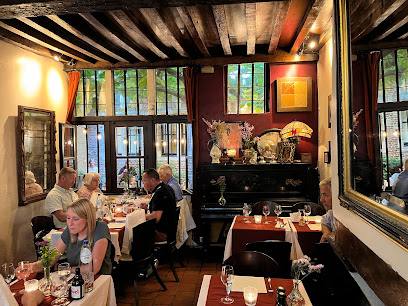
Maven
Discover Maven in Antwerp: A Steakhouse Celebrated for Its Quality Cuts & Warm Atmosphere Perfect for Meat Lovers.
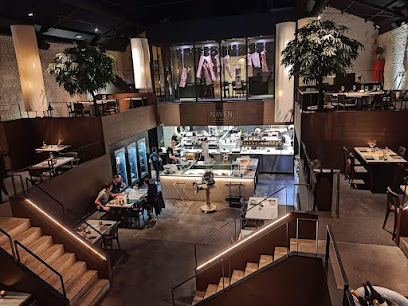
Ter Rivierenhof (Restaurant/Taverne)
Experience authentic Belgian flavors at Ter Rivierenhof in Antwerp – where every meal is a celebration of local culinary traditions.

Sir Anthony Van Dijck
Experience unparalleled French cuisine in the heart of Antwerp at Sir Anthony Van Dijck—where culinary artistry meets sophisticated ambiance.
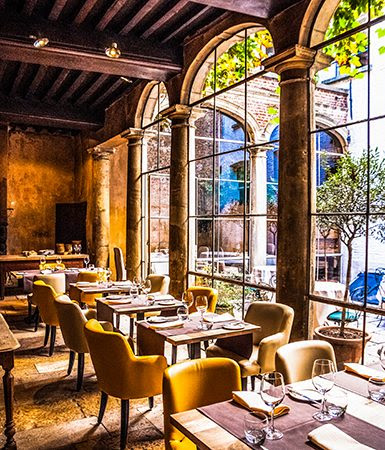
Zilte
Discover Zilte in Antwerp: A fine dining experience where innovative vegetarian dishes meet stunning views and exquisite ambiance.
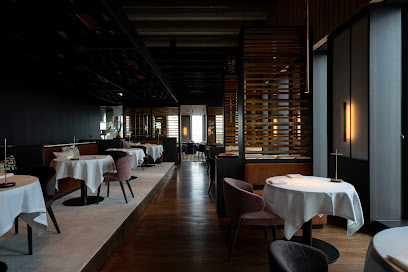
Gå Nord
Discover the essence of Scandinavian cuisine at Gå Nord in Antwerp—where tradition meets modern dining excellence.

Restaurant Jacob
Discover the flavors of Belgium at Restaurant Jacob in Antwerp - where tradition meets modern culinary excellence.
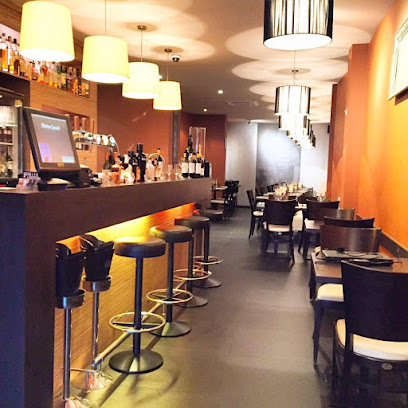
NATHAN
Experience culinary excellence at Restaurant Nathan in Antwerp - where fine dining meets local flavors in an elegant setting.
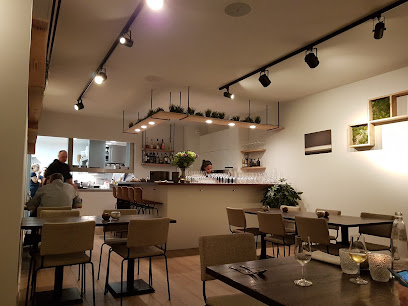
Hertog Jan
Experience the pinnacle of fine dining at Hertog Jan in Antwerp with exquisite dishes crafted from local ingredients.
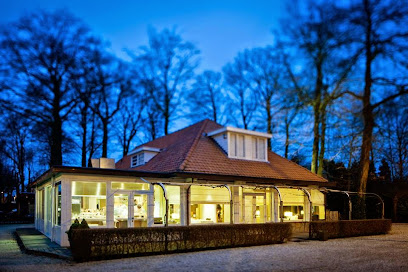
Gran Duca
Discover authentic Italian dining at Gran Duca in Antwerp - where every dish tells a story of culinary tradition and passion.

Kommilfoo
Discover culinary excellence at Kommifloo, Antwerp's premier fine dining destination offering innovative dishes and exquisite ambiance.
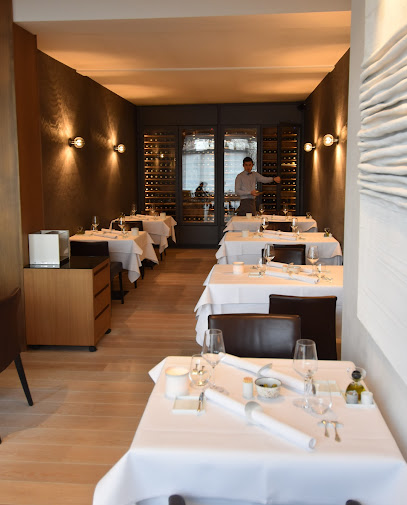
Markets, malls and hidden boutiques
Wijnegem - Shop Eat Enjoy
Experience the ultimate shopping haven at Wijnegem - Shop Eat Enjoy, featuring diverse shops, delightful dining, and fun for the whole family.
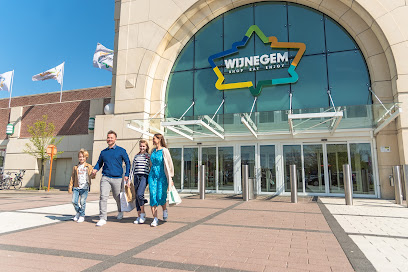
Stadsfeestzaal
Explore the exquisite Stadsfeestzaal in Antwerp, a shopping mall blending luxury brands and cultural experiences in a historic setting.
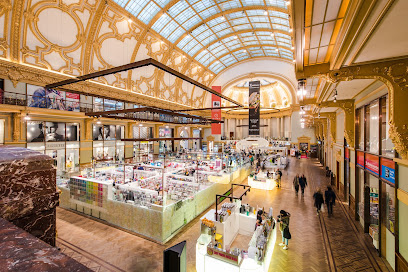
Grand Bazar Antwerp
Discover a shopping haven at Grand Bazar Antwerp, where fashion meets culinary delights in the heart of Belgium.
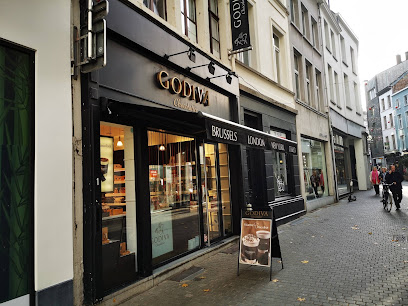
Shopping Promenade
Explore Shopping Promenade in Kapellen: A vibrant shopping mall with diverse shops, delightful eateries, and a lively atmosphere for every tourist's delight.
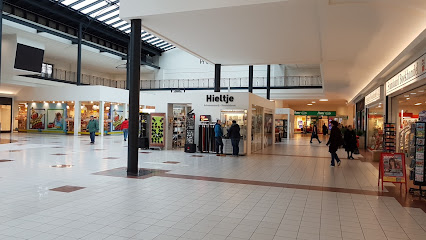
Mekanik Strip
Explore Mekanik Strip, Antwerp's ultimate comic book store, offering an extensive collection of comics, graphic novels, and collectibles in a vibrant atmosphere.
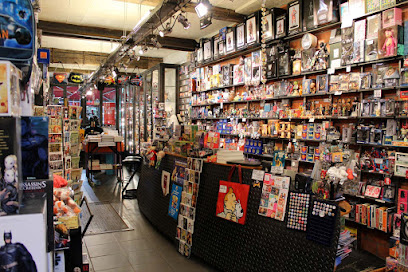
Juttu
Explore Juttu in Antwerp for a unique shopping experience featuring trendy clothing and distinctive gifts for everyone.
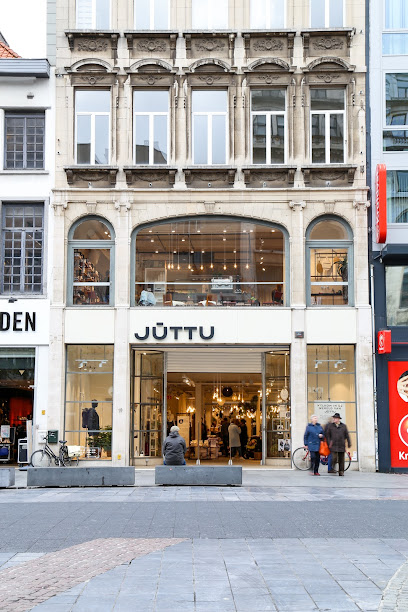
Louis Vuitton Antwerp
Discover the luxury of Louis Vuitton Antwerp, where timeless elegance meets exquisite craftsmanship in the heart of Belgium's fashion capital.
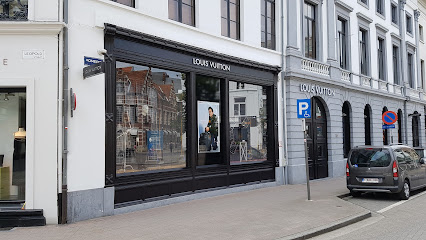
Urban Outfitters
Discover trendy fashion, unique gifts, and stylish home goods at Urban Outfitters in Antwerp, a must-visit for every style-savvy traveler.
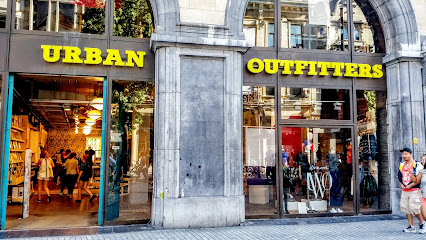
The Other Shop
Discover a paradise for book lovers at The Other Shop in Antwerp, featuring a vast selection of literature and a warm, inviting atmosphere.
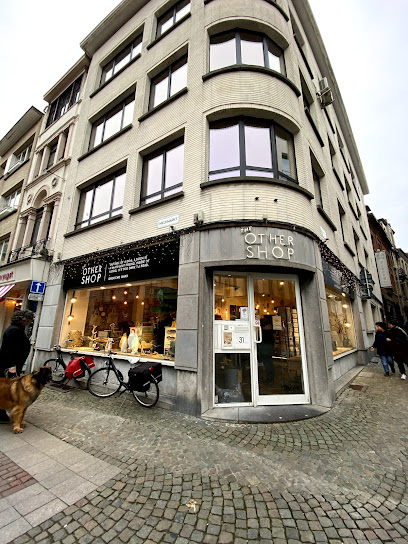
MOOSE in the CITY
Explore the vibrant world of Nordic fashion, unique decor, and whimsical toys at MOOSE in the CITY in Antwerp.

CHIYU - The art of Kintsugi
Explore the transformative art of Kintsugi at CHIYU in Antwerp, where every broken piece tells a story of beauty and resilience.
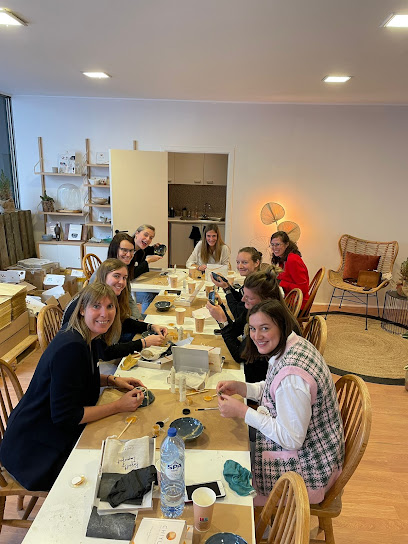
Grand Diamonds Antwerp
Explore Grand Diamonds Antwerp, where luxury meets craftsmanship in the heart of Belgium's diamond capital.

Host
Explore Host in Antwerp for a unique blend of delicious desserts and trendy fashion accessories that create an unforgettable shopping experience.
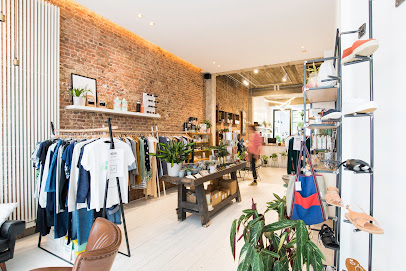
Bongo Shop Antwerpen
Explore Bongo Shop Antwerpen for unique Belgian gifts and souvenirs, capturing the essence of your travels in the heart of Antwerp.

Alperij
Explore Alperij in Grobbendonk for the finest organic and gourmet foods, where quality meets sustainability in every delightful product.
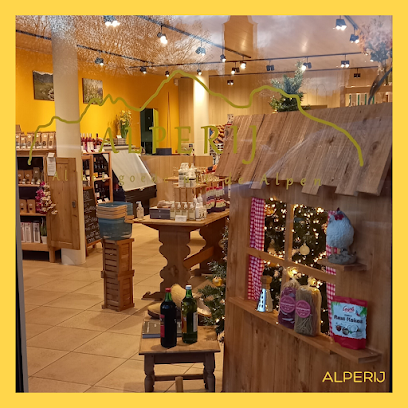
Essential bars & hidden hideouts
Dogma
Experience the finest cocktails in Antwerp at Dogma, where innovative mixology meets a vibrant atmosphere.
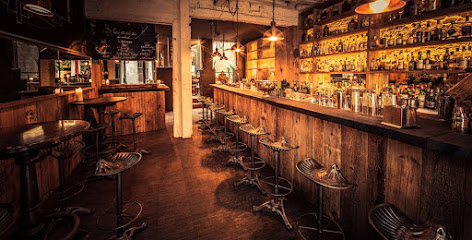
BelRoy’s at Nine
Discover the sophisticated ambiance and exquisite cocktails of BelRoy's at Nine, a must-visit cocktail bar in Antwerp for an unforgettable nightlife experience.
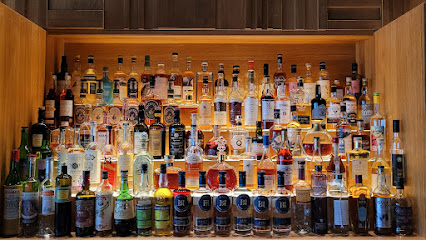
Bar Chapel
Experience the vibrant nightlife of Antwerp at Bar Chapel, where creative cocktails meet a cozy atmosphere for unforgettable evenings.

BAR BASIL
Discover Bar Basil in Antwerp: A lively bar blending exquisite cocktails, specialty coffee, and a vibrant atmosphere perfect for socializing.
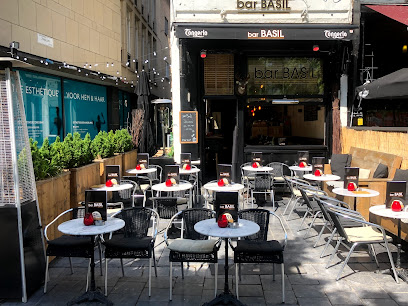
BELROY's Bijou
Experience the exquisite craftsmanship of cocktails at BELROY's Bijou, Antwerp's premier cocktail bar offering a vibrant nightlife atmosphere.
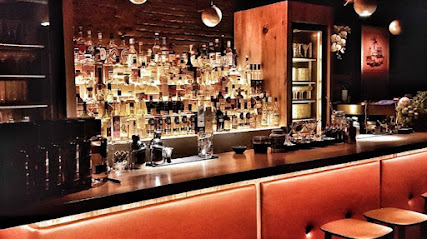
Jones & Co
Discover the vibrant cocktail culture of Antwerp at Jones & Co, where innovative mixology meets a cozy and elegant atmosphere.
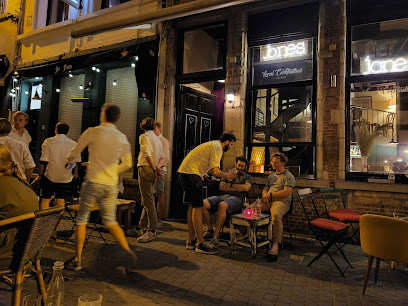
Molly's Irish Bar
Discover the warmth of Irish hospitality at Molly's Irish Bar in Antwerp, where great drinks and friendly faces await.
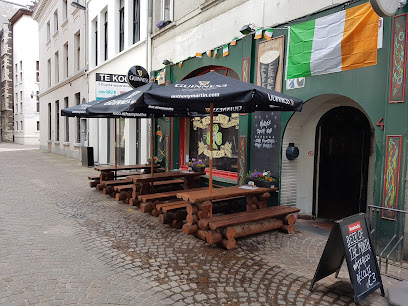
Bar 11 - Antwerpen
Discover the lively atmosphere and local flavors at Bar 11 in Antwerp, where great drinks and good company await every evening.
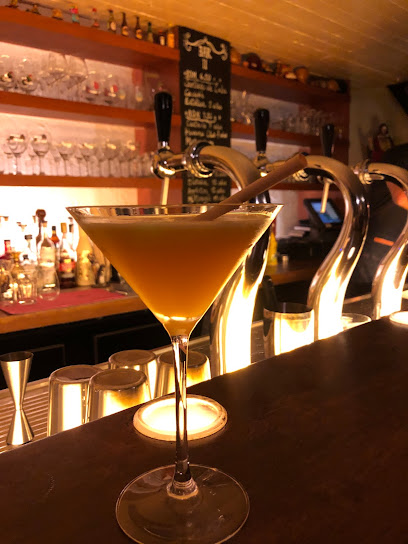
Cinq Apero Bar - Antwerpen
Discover the vibrant atmosphere and delightful drinks at Cinq Apero Bar, a must-visit nightlife gem in Antwerp for every traveler.
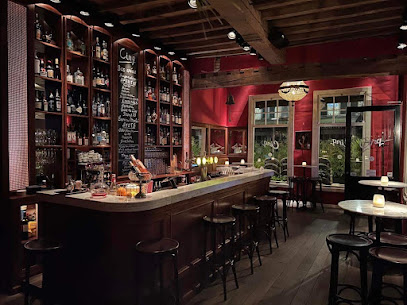
Bar Burbure
Experience Antwerp's lively cocktail and wine scene at Bar Burbure, a trendy bar offering stunning river views and an extensive drink menu.
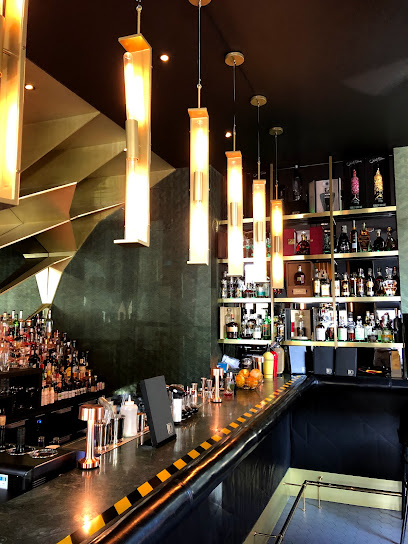
bar Tikila
Discover the vibrant atmosphere and exquisite cocktails at Bar Tikila, the celebrated cocktail bar in Antwerp, perfect for nightlife enthusiasts.
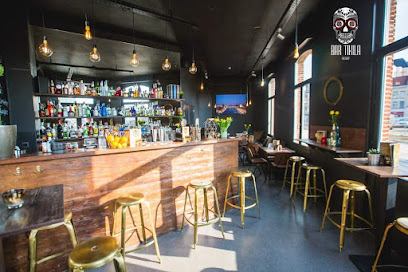
BelRoy’s MAS
Discover the essence of Antwerp's nightlife at BelRoy’s MAS, where innovative cocktails and a vibrant atmosphere await.
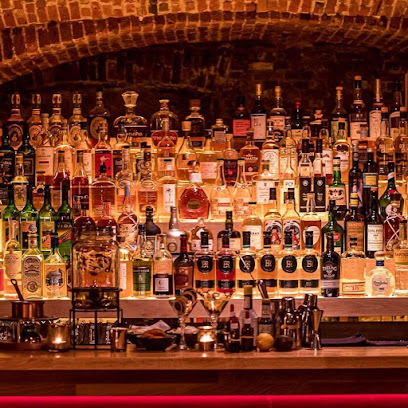
BAR PATRON
Experience the vibrant nightlife of Antwerp at Bar Patron, where great drinks and a lively atmosphere await you.

Bar Brut
Discover Bar Brut, a lively pub in Antwerp known for its craft beers and vibrant atmosphere, perfect for mingling with locals and travelers alike.
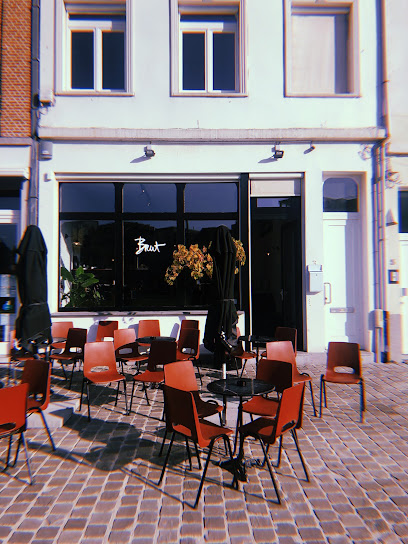
Philly's Bar Antwerp
Discover the heart of Antwerp's nightlife at Philly's Bar, where great drinks and a lively atmosphere await every visitor.
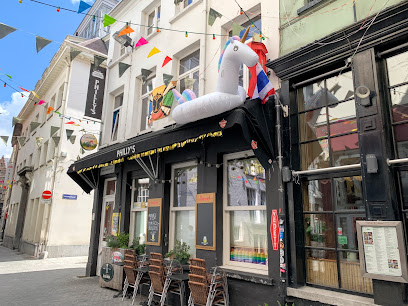
Local Phrases about Antwerpse Kempen
-
- HelloHallo
[HAH-loh] - GoodbyeTot ziens
[tot zeens] - YesJa
[yah] - NoNee
[nee] - Please/You're welcomeAlstublieft
[AL-stu-bleeft] - Thank youDank u
[dahnk oo] - Excuse me/SorrySorry
[sor-ee] - How are you?Hoe gaat het?
[hu gat hut] - Fine. And you?Goed. En met jou?
[khoot. en met yow] - Do you speak English?Spreekt u Engels?
[spraykt oo eng-els] - I don't understandIk begrijp het niet
[ik buh-greyp hut neet]
- HelloHallo
-
- I'd like to see the menu, pleaseIk zou graag de menukaart zien, alstublieft
[ik zou khraach duh me-nuu-kaart zeen, al-stu-bleeft] - I don't eat meatIk eet geen vlees
[ik eet khayn vleys] - Cheers!Proost!
[prohst] - I would like to pay, pleaseIk zou graag willen betalen, alstublieft
[ik zou khraach vil-len buh-ta-len, al-stu-bleeft]
- I'd like to see the menu, pleaseIk zou graag de menukaart zien, alstublieft
-
- Help!Help!
[help] - Go away!Ga weg!
[ga wekh] - Call the Police!Bel de politie!
[bel duh poh-lee-tee] - Call a doctor!Bel een dokter!
[bel ayn dok-ter] - I'm lostIk ben verdwaald
[ik ben vuhr-dwahld] - I'm illIk ben ziek
[ik ben zeek]
- Help!Help!
-
- I'd like to buy...Ik zou graag ... kopen
[ik zou khraach ... koh-pen] - I'm just lookingIk ben gewoon aan het kijken
[ik ben khuh-woon ahn het kee-ken] - How much is it?Hoeveel kost het?
[hu-vale kost hut] - That's too expensiveDat is te duur
[dat is tuh duur] - Can you lower the price?Kunt u de prijs verlagen?
[kunt oo duh prays vur-lah-ghen]
- I'd like to buy...Ik zou graag ... kopen
-
- What time is it?Hoe laat is het?
[hu laht is hut] - It's one o'clockHet is een uur
[het is ayn oor] - Half past (10)Half tien
[half teen] - MorningOchtend
[okhtend] - AfternoonNamiddag
[nah-mid-dahkh] - EveningAvond
[ah-vohnt] - YesterdayGisteren
[khis-tuhr-uhn] - TodayVandaag
[vahn-dahkh] - TomorrowMorgen
[mohr-khen] - 1Een
[ayn] - 2Twee
[tweh] - 3Drie
[dree] - 4Vier
[veer] - 5Vijf
[vayf] - 6Zes
[zehs] - 7Zeven
[zay-ven] - 8Acht
[ahkh-t] - 9Negen
[nay-khen] - 10Tien
[teen]
- What time is it?Hoe laat is het?
-
- Where's a/the...?Waar is een/de...?
[vahr is ayn/de...] - What's the address?Wat is het adres?
[vat is hut ah-dres] - Can you show me (on the map)?Kunt u mij laten zien (op de kaart)?
[kunt oo may laht-uhn zeen (op duh kaart)] - When's the next (bus)?Wanneer is de volgende (bus)?
[vay-nuhr is duh fohl-hen-duh (bus)] - A ticket (to ....)Een ticket (naar ....)
[ayn tik-et (nar ....)]
- Where's a/the...?Waar is een/de...?
History of Antwerpse Kempen
-
The Antwerpse Kempen region has traces of Roman settlements dating back to the 1st century AD. Archaeological finds, including pottery and coins, indicate that this area was part of a vast network of Roman roads and trade routes. The strategic location of the Kempen made it a crucial point connecting various parts of the Roman Empire.
-
During the Middle Ages, the Kempen region saw the establishment of several abbeys and monasteries, which played a significant role in the area's development. These religious institutions not only provided spiritual guidance but also contributed to agricultural and economic growth. The Abbey of Tongerlo, founded in 1130, is a prime example of the medieval religious architecture and influence in the region.
-
The Antwerpse Kempen was significantly impacted during the Eighty Years' War (1568–1648) between the Spanish Empire and the Dutch Republic. The region saw numerous skirmishes and battles, and its towns and villages were frequently ravaged by both sides. The war left a lasting imprint on the local culture and architecture, with many fortified structures still visible today.
-
The Industrial Revolution brought major changes to the Antwerpse Kempen. In the 19th century, the region became known for its burgeoning textile industry. Factories and mills sprang up, transforming the local economy and society. The town of Turnhout, in particular, became a hub for the production of playing cards and other printed goods, a legacy that continues to this day.
-
During World War II, the Antwerpse Kempen was the site of significant military activity. The Kempen Line, a series of defensive fortifications, was constructed by the Belgian Army to fend off German advances. Although ultimately breached, these fortifications played a crucial role in the early stages of the war. The region also witnessed several key battles during the Allied liberation efforts in 1944.
-
In the post-war era, the Antwerpse Kempen experienced a cultural revival. Efforts were made to preserve the region's rich heritage while promoting tourism. Today, the area is known for its picturesque landscapes, historic sites, and vibrant festivals. The Kempen's cultural significance is celebrated through numerous museums, heritage trails, and cultural events that attract visitors from around the world.
Antwerpse Kempen Essentials
-
The Antwerpse Kempen region is located in the northern part of Belgium within the province of Antwerp. The closest major city with an international airport is Antwerp, approximately 30 kilometers away. Brussels Airport, the largest airport in Belgium, is around 50 kilometers from the region. From either Antwerp or Brussels, you can take a train or bus to various towns within the Antwerpse Kempen. The train services from Antwerp are frequent and connect to towns like Turnhout, Herentals, and Mol.
-
Within the Antwerpse Kempen, public transportation is efficient and well-connected. Trains and buses run regularly between the main towns and villages. Renting a bicycle is also a popular option, as the region is known for its extensive network of cycling paths. For longer distances, you can rent a car to explore the area at your own pace. Taxis are available but can be more expensive compared to public transportation.
-
Belgium uses the Euro (EUR) as its official currency. Credit and debit cards are widely accepted in most shops, restaurants, and hotels. ATMs are readily available in all major towns and villages. It is advisable to carry some cash, especially when visiting smaller villages or local markets where card payments might not be accepted.
-
The Antwerpse Kempen is generally a safe region for tourists. However, it is always wise to take standard precautions. Avoid leaving your belongings unattended and be cautious in crowded areas where pickpocketing can occur. There are no specific areas with high crime rates targeting tourists, but it is recommended to stay vigilant, especially when traveling alone at night.
-
In case of emergency, dial 112 for immediate assistance, which is the general emergency number for police, fire, and medical services in Belgium. Most towns in the Antwerpse Kempen have local police stations and medical facilities. It is advisable to have travel insurance that covers medical emergencies. Pharmacies are available in all major towns for minor health issues and over-the-counter medications.
-
Fashion: Do dress comfortably and appropriately for the weather. Casual wear is generally acceptable, but if you plan to visit churches or attend formal events, dress modestly. Religion: Do respect local customs and traditions. When visiting religious sites, dress modestly and remain quiet. Public Transport: Do validate your ticket before boarding trains and buses. Don't eat or drink on public transport. Greetings: Do greet people with a handshake or a friendly nod. In more formal settings, use appropriate titles and surnames. Eating & Drinking: Do try local delicacies and accept food offerings graciously. Don't rush your meal; dining is often a leisurely activity.
-
To experience the Antwerpse Kempen like a local, visit the weekly markets where you can buy fresh produce and artisanal goods. Engage with locals; they are often friendly and willing to share stories about the region's history and culture. Don't miss visiting the numerous nature reserves and scenic cycling routes. For a unique experience, try the local specialty beers and cheeses, which the region is famous for.
Nearby Cities to Antwerpse Kempen
-
Things To Do in Eindhoven
-
Things To Do in Mechelen
-
Things To Do in Leuven
-
Things To Do in Hasselt
-
Things To Do in Genk
-
Things To Do in Brussels
-
Things To Do in Maastricht
-
Things To Do in Rotterdam
-
Things To Do in Aalst
-
Things To Do in Louvain-la-Neuve
-
Things To Do in Nijmegen
-
Things To Do in Delft
-
Things To Do in Utrecht
-
Things To Do in Liege
-
Things To Do in Ghent


